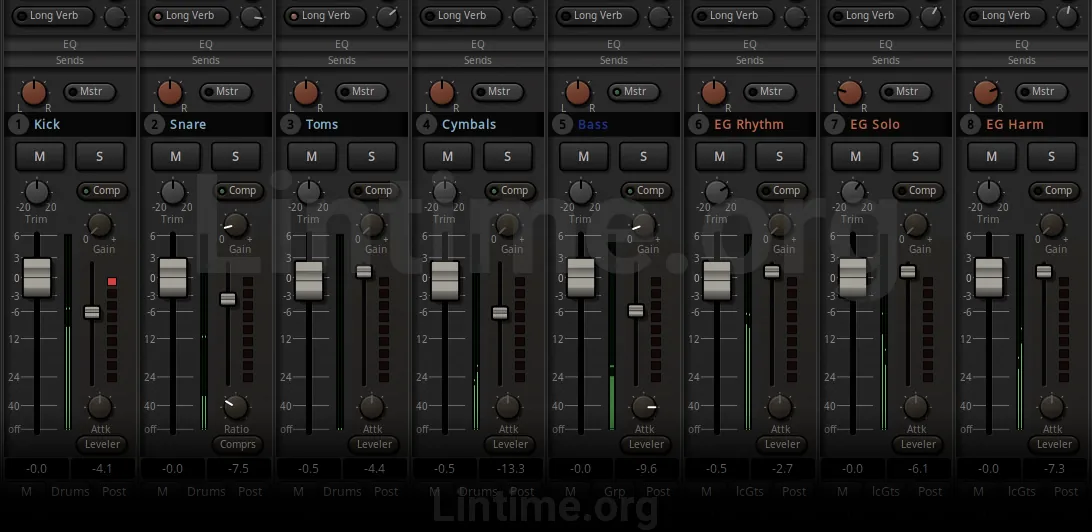Unleash Your Creativity with Open-Source Audio Production
On this page, we’ll explore professional audio tools and technologies for high-quality recordings in multimedia projects such as video editing and game development.
With a background in audio production, I’m excited to share how tasks that once required expensive computers and software can now be achieved on Linux at a fraction of the cost. I’ll document my experiences building a well-equipped home recording studio with professional software and the best hardware I can afford.
The Ideal Audio Setup for Video and Game Production
I use a combination of high-quality sound sources and professional software to create immersive multimedia content that meets today’s demands for superior audio quality.

1. Digital Audio Workstation
Thanks to Black Friday deals, I’m thrilled to be the new owner of the Harrison Mixbus DAW, which has become my go-to software for mixing and editing my audio recordings, all of which I capture using my trusty Yamaha Genos.
Harrison Mixbus
Key features:
- A professional-grade DAW
- Plenty of audio tracks and buses
- Flexible routing and mixing options
- Beautiful UI inspires the artist in me
2. Sound Source
YAMAHA Genos
To offer my clients the best possible sounding product, I use a Yamaha Genos as the main sound source.
Key features:
- 76 are kind of enough to lay down some piano tracks
- A vast amount of fantastic sounds and ready-to-record rhythms
- Lets me use the speaker system in addition to my Presonus studio monitors
3. Audio Interfaces
After testing various Linux distributions, I’m pleased to report that CachyOS for Manjaro has provided seamless integration with my audio interfaces, which still rely on USB 2 connectivity, without requiring any additional drivers or configurations.
Steinberg UR22mkII
Key features:
- 2-in/2-out configuration with combo mic and line inputs
- Class-A D-PRE microphone preamp for exceptional sound quality
- Perfect for recording voice-overs
Behringer U-PHORIA UMC404HD
Key features:
- 4-in/4-out configuration with XLR and TRS combo inputs
- High-quality 192 kHz converters with a dynamic range of up to 113 dB(A)
- Zero-latency monitoring with the included ‘Monitor Port’ technology
- A versatile USB audio interface offering excellent value for money.

4. Microphones
My studio is equipped with two Audio-Technica condencer microphones, which I use to capture high-quality vocals and instrument sounds.
Key features:
- Affordable
- Amazing sound considering the price point
- Having two available simplifies more complex recording jobs
Why Linux for Audio Production?
Having successfully set up my audio production workflow on Linux with CachyOS, I’m excited to explore the vast array of plugins and effects available for this platform. In particular, I’m looking forward to checking out Reaper, a well-established and respected DAW that has garnered a loyal following.
Professional audio production on Linux is not only a viable option, but it’s also thriving thanks to the tireless efforts of developers and the growing community. By carefully selecting the right hardware, software, and configuring a well-balanced studio setup, we can produce high-quality music and audio content that rivals anything produced on any other platform.
I’m thrilled to be part of this vibrant community and encourage others to join me in embracing the power of open-source software and exploring the limitless possibilities of audio production on Linux through lintime.org.